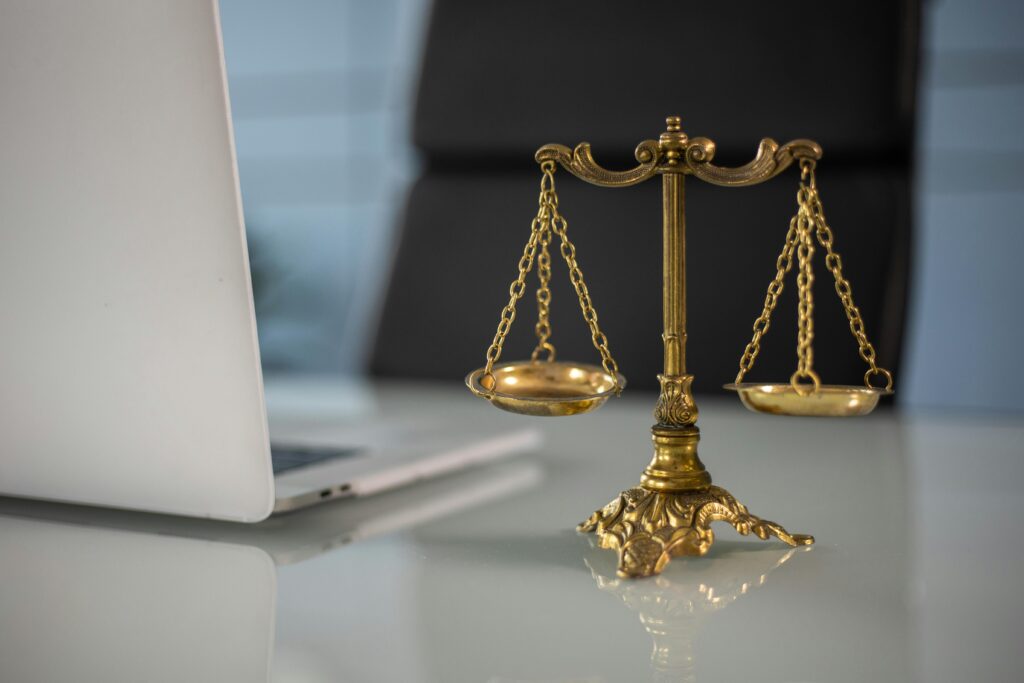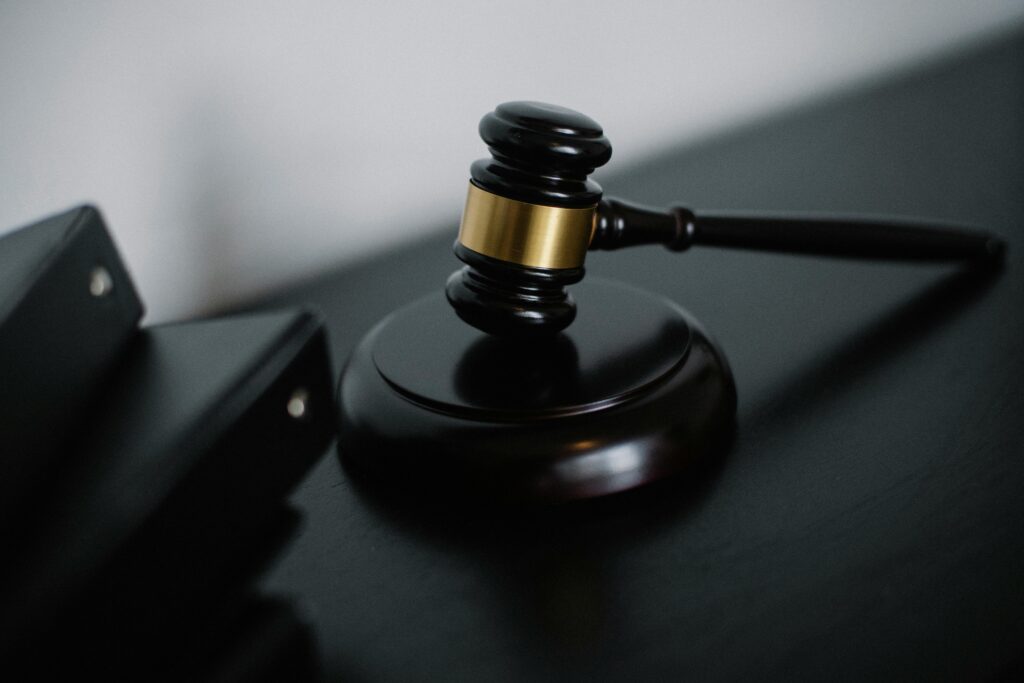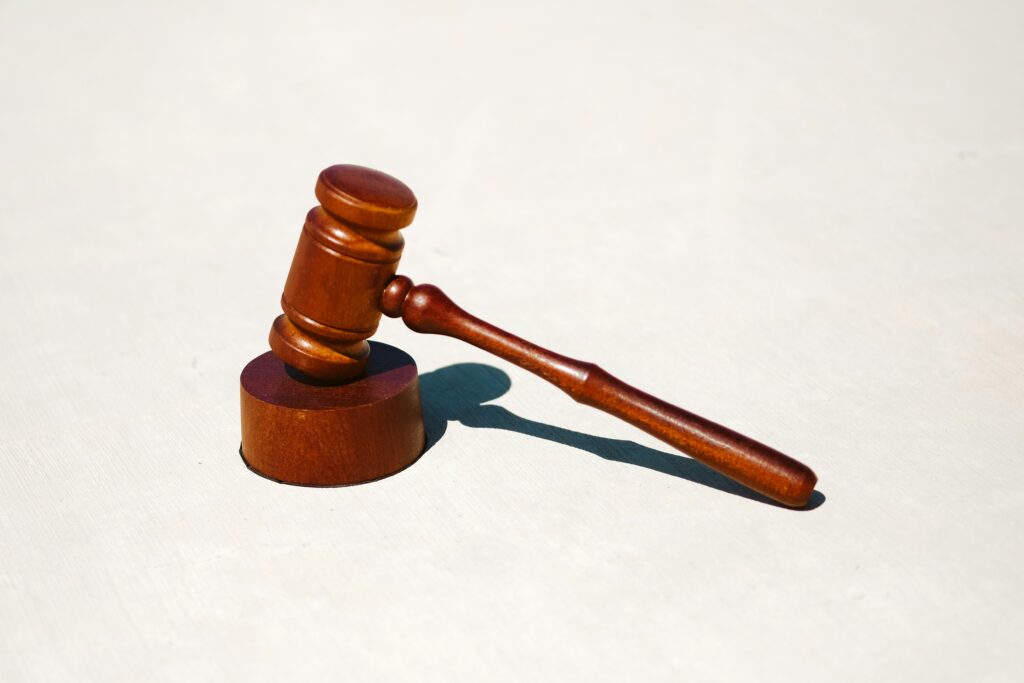Published on: 24th October 2025
Authored by: Rupsha Mukherjee
SOA National Institute of Law
Court: Supreme Court of India
Bench: Dipak Misra (CJI), A.M. Khanwilkar, R.F. Nariman, D.Y. Chandrachud, and Indu Malhotra, JJ.
Date of Judgment: September 28, 2018
Relevant Provisions/Statutes: Articles 14, 15, 17, 21, and 25 of the Constitution; Rules enacted in 1965 in Kerala for the Authorisation of Entry into Hindu Places of Public Worship.
Brief Facts:
The Sabarimala temple in Kerala is one of the most renowned Hindu pilgrimage spots, dedicated to Lord Ayyappa, who is revered as a Naishtika Brahmachari, meaning an eternal celibate. According to a long-standing temple tradition, women between the ages of ten and fifty were not allowed to enter the temple because this was the time frame during these age period women are certainly capable of menstruating. The temple administrators protected this ritual by arguing that it was essential to the deity’s nature and its compliance with shrine-related practices.
In addition to being customary, the exclusion of women was also sanctioned by law. Rule 3(b) of the Kerala Hindu Places of Public Worship (Authorisation of Entry) Rules, 1965 empowered religious denominations to determine entry into temples, allowing them to enforce restrictions based on their customary beliefs and practices. The prohibition against women of menstrual age entering the sanctuary of Sabarimala was enforced by this rule.
A group of advocates that became well-known for filing the petition before the Supreme Court challenging the restrictions on women’s entry into the Sabarimala temple is the Indian Young Lawyers Association; they filed a Public Interest Litigation in 2006. It was argued in the petition that the practice of denying women entry solely due to their biological condition was unconstitutional and violated their basic rights. They relied on Article 14, which guarantees equality before the law; Article 15, which prohibits discrimination; Article 21, which protects the right to life and dignity; and Article 25, which secures the freedom of religion.
This case grabbed wide attention because the Kerala High Court had already upheld the ban in the year 1991. The High Court held that the prohibition was consistent with long-standing usage and qualified as an essential religious practice that could not be interfered with by courts. The petition before the Supreme Court therefore reopened a sensitive constitutional controversy, highlighting the clash between the principles of gender equality and the freedom of religion. Thus, a delicate legal dispute was revived by the Supreme Court’s petition, emphasizing the conflict between the values of religious freedom and gender equality.
Issues Involved:
- Whether the exclusion of women aged 10–50 years from entering the Sabarimala temple amounted to a violation of their fundamental rights under Articles 14, 15, 17, 21, and 25 of the Constitution?
- Whether denying entry to women based on menstruation forms part of a core religious practice safeguarded by Article 25?
- Whether the followers of Lord Ayyappa constituted a separate religious denomination under Article 26 with the right to manage their own religious affairs?
- Whether Rule 3(b) of the Kerala Hindu Places of Public Worship (Authorisation of Entry) Rules, 1965 was constitutionally valid?
- Whether the principle of constitutional morality should prevail over religious customs and traditions that discriminate against women?
Arguments:
Petitioners (Indian Young Lawyers Association)
- Violation of equality: Menstruation-based exclusions of women were unfair and against Articles 14 and 15.
- Right to worship: According to Article 25(1), everyone has the freedom to practice their religion. Women are denied this right when they are excluded.
- Biological factors irrelevant: Since menstruation is a normal occurrence, it cannot be used as an excuse for exclusion.
- Not essential practice: Since not all Ayyappa temples adhere to the limitations, it is not required for the faith or for worshiping Ayyappa.
- Untouchability analogy: Additionally, several petitioners contended that by seeing women as impure, the practice reinforces ideas akin to untouchability (Article 17).
Respondents (Travancore Devaswom Board and supporting parties)
- Celibacy of deity: It is believed that Lord Ayyappa is eternally unmarried. Permitting females who are menstruating would ruin the temple’s distinctive charm.
- Religious denomination: Under Article 26, the followers of Lord Ayyappa must be recognized as a distinct religious denomination with the right to manage their own religious matters.
- Not gender discrimination: Only a particular age category associated with menstruation is excluded, not all women.
- Judicial restraint: Courts shouldn’t get involved in matters of faith since they are not subject to reason.
Judgment
On September 28, 2018, the Supreme Court issued its verdict, which clearly showed support for women’s access to the Sabarimala shrine by a majority of 4:1.
Majority Opinion of the full bench of judges Hon’ble Justices A. M. Khanwilkar, D. Y. Chandrachud, R. F. Nariman, and CJI Dipak Misra.
- Rule 3(b) Unconstitutionality: The 1965 Rules’ clause permitting the exclusion of women was ruled unlawful due to its violation of Article 25(1).
- Discrimination: It is discriminatory and against Articles 14 and 15 to exclude women based only on biological characteristics.
- Right to dignity: Women’s freedom and dignity, as guaranteed by Article 21, are compromised by such discrimination.
- Not a necessary practice: Neither the worship of Lord Ayyappa nor the Hindu faith depends on the limitation. Constitutional guidelines must guide necessary practices.
- Legal morality: over ethical conduct in society, authorities must enforce constitutional morality. Women’s equality and dignity cannot be compromised.
Dissenting Opinion by Hon’ble Justice Indu Malhotra
- Faith-related matters outside of the courts: Generally speaking, courts shouldn’t become involved in matters involving deeply held religious beliefs.
- Separate denomination: The people attending worship of Lord Ayyappa are considered a distinct denomination entitled to manage their own religious matters.
- Locus standi: The petitioners lacked the legal standing to contest the practice because they were not devotees.
- Religious autonomy: Unless the circumstances are repressive or outrageous, religious activities should be allowed to the community, even if they seem discriminatory.
Ratio Decidendi
- Article 25’s religious freedom is subject to constitutional principles and cannot prevail over a person’s fundamental rights;
- It is discriminatory to exclude women from Sabarimala based on their menstruation, which is prohibited by Articles 14, 15, and 21.
- Article 25(1) provides freedom of religion to all people, especially women; traditions that uphold inequality cannot be protected.
- Fundamental faiths must be decided in accordance with constitutional principles.
- They are deprived of this fundamental right by the practice of exclusion.
Final Decision
- Striking down of the ban: The long-held tradition that forbade women between the ages of ten and fifty from attending the Sabarimala shrine was overturned by the Supreme Court by a majority vote of four to one. According to the Court, this kind of restriction was discriminatory and went against women constitutionally protected fundamental rights.
- Invalidation of Rule 3(b): The Kerala Hindu Places of Public Worship (Authorization of Entry) Rules, 1965, Rule 3(b), was ruled unlawful by the court. This regulation had made it possible for religious organizations to prohibit women from entering places of worship according to usages and customs, thus justifying the removal of them. The Court decided that the constitutional guarantees of equality and personal liberty cannot be superseded by any statutory provisions.
- Acceptance of the freedom of religion: It was confirmed that under Article 25, everyone has the freedom to freely practice and declare their faith, regardless of gender. This fundamental right was directly violated when women were denied admission to the temple, and tradition or custom could not be used as an excuse.
- Availability of women of various ages: Following the ruling, women of all ages were legally allowed to worship Lord Ayyappa in the Sabarimala temple. The ruling prioritized gender fairness and constitutional principles over customs of religion that support discrimination.
Significance of the Judgment
- Ensuring gender equality: The ruling safeguarded women’s equal participation in religion and worship.
- Constitutional ethical conduct: It emphasized that the principles of equality, liberty, and dignity are found in the constitution above traditions that uphold prejudice.
- Wider effect on religious practices: The ruling made it possible to look into more instances of discrimination in places of worship.
- Social backlash: Devotees in Kerala fiercely opposed the Court’s involvement in religious affairs after the verdict, which sparked massive protests.
- Pending review: To re-examine the relationship between fundamental rights and necessary religious activities, the Court assigned the case to a higher bench in 2019. This indicates that there is still a legal dispute.
Conclusion
A seminal case in Indian constitutional law, the Sabarimala case symbolizes the conflict between equality and faith. In its majority decision, the Supreme Court aimed to protect women’s equality and dignity by overturning a tradition that barred them from places of worship. However, the opposing viewpoint serves as a reminder of the significance of upholding the boundaries of judicial involvement as well as the autonomy of religious communities. The matter is still being discussed in the court and popular spheres. It is not just concerning temple admission; it is also about the more general idea that faith-based activities in a multicultural society should be guided by constitutional norms.
The Sabarimala case has significant legal ramifications for religious freedom, women’s rights, and the function of India’s courts. In a historic decision, the Supreme Court upheld the principles of equality and non-discrimination by allowing women of all ages to join the temple. Nonetheless, the case emphasizes the need for a more sophisticated strategy to balance competing rights as well as for a deeper comprehension of religious and cultural customs.




